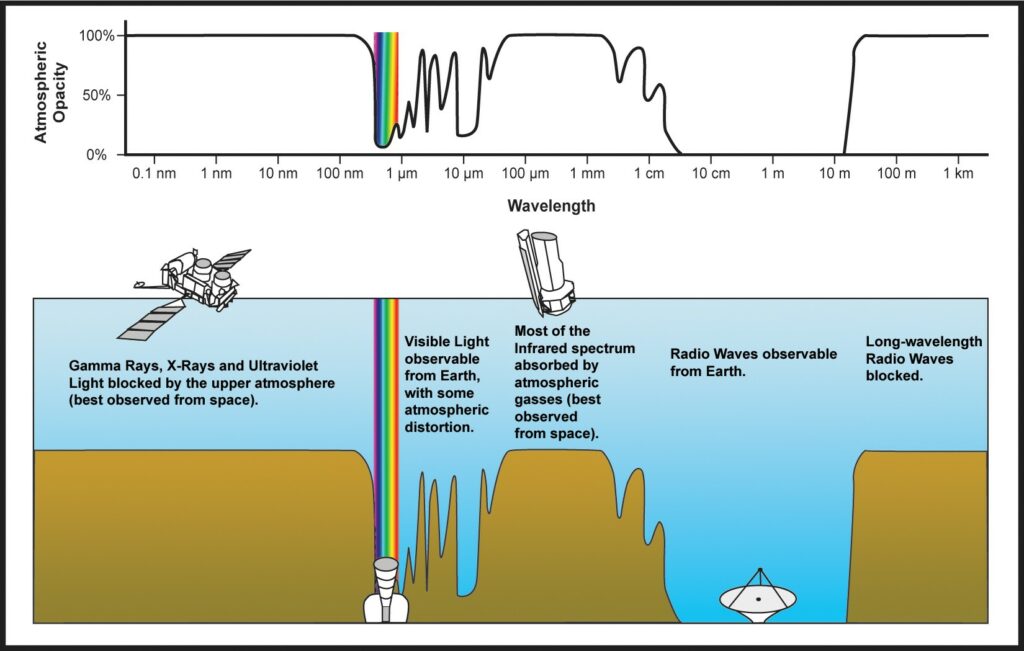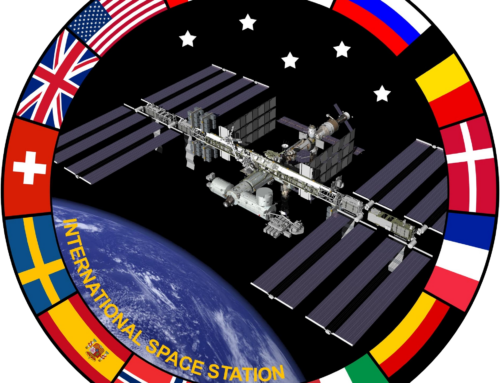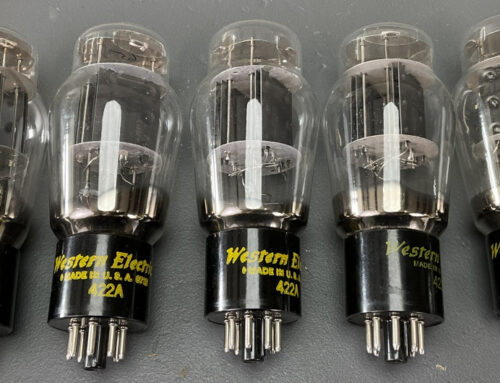Jumping into the Deep Space Waterhole
When astronomy became my main hobby some fifty years ago, one aspect I never dreamed I’d be doing in any way was radio astronomy. It seemed too out there, too abstract. Yet technology has progressed to the point that radio astronomy, even if on a rudimentary level, is now accessible to amateurs like me.
What’s all this, then?
I had been reading about Hydrogen Line radio astronomy for a while and, being a deep sky astrophotographer, it became clear that I could expand this deep sky addiction even further by building a modest radio telescope for detecting our galaxy’s Hydrogen Line. Even better, the project would encompass another favorite hobby, amateur radio. Win-win. It will probably come as no surprise that having my Extra Class amateur radio license helped me understand and speed through many of the technical aspects and requirements of the endeavor.
So, I spent winter 2023-2024 pulling together the necessary elements for my little backyard observatory, starting with a simple RTL-SDR V3 USB dongle and AirSpy software with a special IF Average plug-in. In late winter, I collected elements for an ordinary 2.4 GHz microwave parabolic mesh antenna, and a SawBird+ H1 low noise amplifier (LNA) designed specifically for 1.420 GHz.
Just what is the Hydrogen Line?
Most of the atoms in the universe are the simplest element, hydrogen, and there is an average of one hydrogen atom per 3 cubic meters in space. But, while space seems relatively empty, it is also mind-bogglingly large. Remember, our galaxy is over 100,000 light years in diameter…
The Hydrogen Line is this: The change in the energy state of hydrogen’s electrically neutral atoms is called a spin-flip transition and generates a photon at a specific frequency, 1.420 GHz – in the L-band microwave portion of the electromagnetic spectrum. Pointing a scope through this hydrogen-rich plane of the Milky Way collects enough of these photons to be averaged and graphed against the background level, and we see the Hydrogen Line signal emerge.
Waterhole
This 1.420 GHz area is sometimes referred to as the “waterhole” of the electromagnetic spectrum by radio astronomers. “Waterhole” was first applied to this part of the spectrum in the early 1970s by Hewlett-Packard founder, Bernard Oliver (1916-1995), who was also a pioneer in the search for extraterrestrial intelligence. This area between 21 cm and 18 cm is quiet and led Oliver to christen it “waterhole” as a reference to its potential for gathering other radio-capable technological civilizations around its low-noise background*.
Naturally, this window is also excellent for radio astronomy because it has low atmospheric opacity compared to other areas of the electromagnetic spectrum ‘seen’ through our atmosphere. We see through it better.
Rotation’s logic
Of course, the Hydrogen Line signal intensity changes depending on the density of hydrogen in the direction the scope is pointed, so when the Milky Way crosses the scope’s field of view, it picks up far more signal than when pointed away from our galaxy. Changing the scope’s declination, analogous to geographic latitude, will yield different intensities as different portions of the Milky Way sweep past as Earth rotates.
This rotation causes the plane of the Milky Way to cross overhead twice a day. The summer “arm” passes through Cepheus, Cygnus, Aquila, Scutum, and Sagittarius – the direction of the center of our galaxy, before disappearing below our local southern horizon into Ara, Centaurus, etc. The winter “arm” can be seen doing the same through Auriga, Taurus, Orion, Monoceros, Canis Major, and Puppis.
Gathering data
The accumulated signal can be seen clearly when we take screenshots every minute (or two, as the case may be) and compile them sequentially into a time-lapse video. For me, it’s fascinating to watch the radio signature of our galaxy’s basic building block rise, move slowly across the radio band, and fall to the background level as our planet’s rotation sweeps the Milky Way’s arms past our field of view.
The minute-and-a-half video in this post is a time-lapse of single frames taken every 2 minutes for about 12 hours (between 09:40 and 21:39 CST). The “camel hump” around 1420 (MHz) is the hydrogen line signal.
How do we know which way we’re looking?
A separate window with the Stellarium app is open on the right side of the screen and tracking in real-time. My location’s zenith is in the center of the overlaid grid pattern. The scope is stationary and slightly offset from the zenith toward the southeast. I used Stellarium’s software to subtract our atmosphere and boost the Milky Way’s brightness to show what the sky would look like if we were just off-world. This helps us connect the rise and fall of the “hump” with the Milky Way’s arms crossing the field of view just southeast of the zenith.
Doppler Shift & rogue signals
You’ll notice the “hump” is present almost immediately. This is because the Milky Way was overhead when I started recording. It decreases over time as the summer arm of our galaxy moves past the scope’s field of view. The hump then reappears as the winter arm crosses the scope’s field of view by the early evening.
The slow drift down the spectrum from right to left is an artifact of the Doppler shift generated by our galaxy’s rotation. Radio operators working with satellites or the ISS deal with Doppler Shift, too.
Narrowband spikes appearing briefly across the spectrum should be ignored as they are not Hydrogen Line artifacts. They are caused by passing devices that are noisy in those frequencies. The Hydrogen Line is not an audio signal, so no sound is included in the video.
I hope you enjoy seeing this as much as I did making the observation. It was my first real stab at recording the hydrogen line in a time-lapse, and I’m pretty happy with how it came out.
Questions are welcome. I’ll keep at it and hopefully post better videos in the future!
As I mentioned earlier in the post, I’m also an astrophotographer, so if you’re interested, many of my shots can be found on my Instagram @americanchimera
Charles Keller, KFØCOM, [email protected]
The Videos
February 29, 2024 Observation:
March 28, 2024 Observation:
*In the 1997 movie Contact, based on the 1985 novel by renowned astronomer Carl Sagan, the character Ellie Arroway (played by Jodie Foster) believed an extraterrestrial’s signal might be detected at the frequency 4.462 GHz, which is the Hydrogen Line frequency multiplied by pi – 3.14159.
This would stand out because of the basic mathematics involved. No other known natural process generates modulated signals at 4.465 GHz. Another intelligent civilization with radio technology would also be aware of this aspect of radio and might utilize this quiet part of the spectrum for signaling. This is what – apparently (no other spoilers) – happens in the film. It’s a great film and worth a watch or two!







